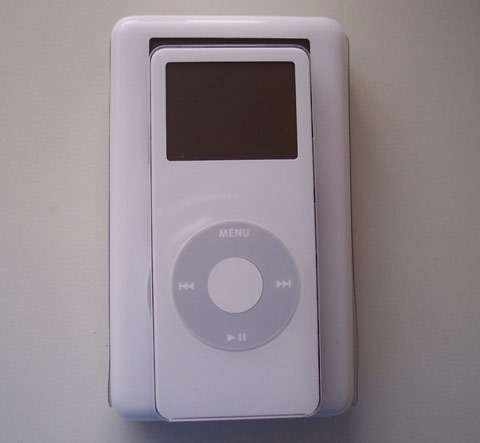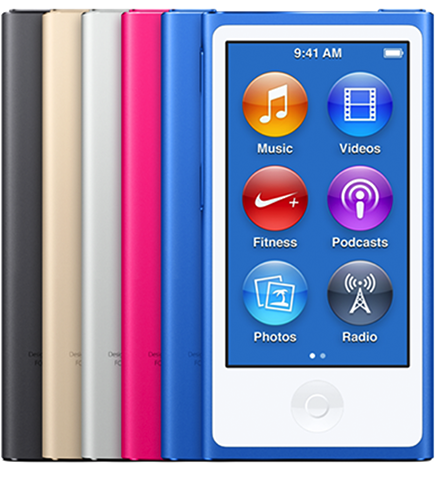


Even worse was the built-in user interface. In the first place, it wasn’t Mac-compatible, so I had to use a Windows machine to rip CDs and move the music to the NOMAD Jukebox. I resisted the temptation of buying the Diamond Rio, but when the NOMAD appeared, I just had to get one (see photo below).Ī Creative Labs NOMAD Jukebox, the dismal state-of-the-art in digital music players a year before the iPod appearedįrankly, it was horrible. The first digital music players I remember were the Diamond Rio (1998, with 32MB of storage) and the Creative Labs NOMAD Jukebox (2000, with a 6GB microdrive). All of the devices needed to be connected to a computer (PC or Mac) to download music. While the Walkman and its competitors could simply play one album at a time, digital music players used either flash RAM or a small hard disk to store many songs. Digital music players were a logical outgrowth of the Sony Walkman cassette player, which was a compact, battery-powered cassette tape player that came with a pair of wired headphones. Like many Apple products, the iPod wasn’t the first product of its type to market, but it quickly dominated the market. Today we’ll look at a wildly successful Apple product that is still being sold, but in a much different format - the iPod. So far in this Retro Apple series, we’ve looked at one software product - HyperCard - as well as two pieces of hardware - the QuickTake 100 Digital Camera and the Newton MessagePad 2100.

Some have simply become redundant thanks to newer products with more functionality, while others were unceremoniously dumped from the Apple product line. Photo by Steve SandeĪpple’s road to success is paved with many products that no longer exist. An Apple A1059 4th-Generation “Click Wheel” iPod at left with an iPhone XS Max mockup at left.


 0 kommentar(er)
0 kommentar(er)
